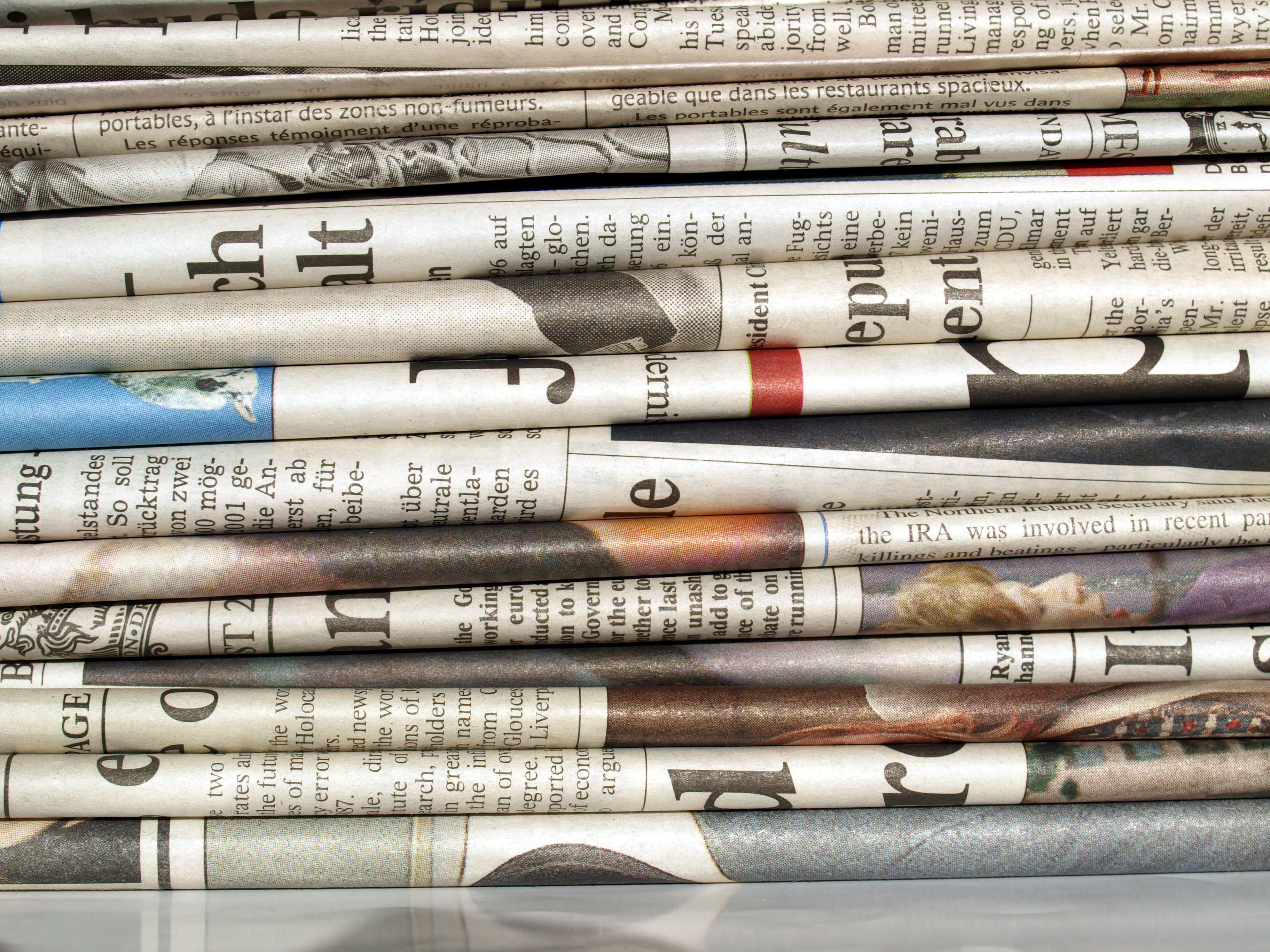
On 8 March 2011 Academy Award-winning actress and advocate Geena Davis was one of the main speakers during a special event in New York organized by the United Nations Office for Partnerships and the Business Civic Leadership Center Forum : “Investing in Women and Entrepreneurship : Solutions to Addressing the MDG-3”.
The event emphasized the benefit of partnerships between the United Nations Organization, governments, the private sector and civil society, and highlights key examples of what can be accomplished through working together. The programme, opened by United Nations Secretary-General Ban Ki-moon, featured leaders from the United Nations, global philanthropy and private enterprise speaking on the crucial role of public/private partnerships in advancing gender equality and women’s empowerment.

Who has not heard about Geena Davis … the famous award-winning actress ? What perhaps you did not know is that she is also a film producer, writer, former fashion model, not to mention … a woman who wanted to make a difference ! She is perhaps best known for her roles in “Thelma and Louise”, and “The Accidental Tourist”, for which she won the 1988 Academy Award for Best Supporting Actress — an Oscar. In 2005, she won the Golden Globe Award for Best Actress – Television Series Drama for her role in “Commander in Chief”. Ms Davis works closely with the United Nations’ effort to change the way media represent women and girls, to encourage the media to present and investigate issues of grave importance to women, and to use a “gender” lens when reporting. As the founder of the non-profit Geena Davis Institute on Gender in Media (GDIGM) and its programming arm — “See Jane” — Ms Davis brings her media expertise to advocate for gender equality and women’s empowerment.
We had the opportunity of meeting Geena Davis in New York, at the UN headquarters, where she kindly answered our questions …
Q : You are a famous Oscar award-winning actress. Why did you start this institute ?
I have always been very interested in women’s empowerment, advocating for girls. I’ve been involved with girls’ sports and getting more women involved in politics, getting elected to office and in general boosting women. Six years ago, when I started to watch TV with my daughter, I realized that in shows and cartoons for children there is a big gender disparity. Nobody seemed to notice and that’s the reason why I stared to get involved to change it. I felt that if the first thing children see is imbalance and portraying a character in such a poor light, they are going to take that in unconsciously and it will affect their future lives. So this is basically why I got involved. Q : What do you consider as being your most successful project ?
We have now sponsored the largest amount of research on gender and media ever done. It covers a twenty-year span from 1990 to the present, and we have data that we have been able to bring to the decision-makers in the industry who are making these programmes and movies and share it with them. What is exciting for us is the impact it seems to have. They are really surprised and they did not realize how narrow the portrait of female characters was, or frankly how few there were in the worlds that they are creating — how little female presence there was. They have been very responsive and eager to make changes. We feel that when we do our next update, on the twenty-five years of research, we will finally see a little move. I think we will have plenty of evidence that this will happen.
Celiha de Lavarenne



